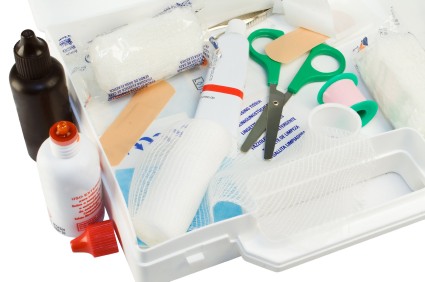
Mumps [Illustration by Shinod AP]
Causative agent
Mumps is caused by a virus called Myxovirus parotiditis.
Source of infection
The disease is spread by direct contact with an infected person and also by secretions from nose and throat, saliva and urine.
Period of communicability
Usually four to six days before the onset of symptoms and a week or more thereafter. Once the swelling of the glands have subsided, t is no longer infectious.
Age group
Mumps occurs in children in the age group of five to 15 years. However, even adults contract it if they are not immune to it.
Immunity
One attack is assumed to induce life-long immunity. Most infants below the age of six months are immune because of maternal antibodies.
Environmental factors
Peak incidence is in winter and spring, but certain cases can occur throughout the year.
Incubation period
The incubation period is usually 18 days, but it may vary from two to three weeks.
Clinical features
- Ear ache on the affected side prior to the onset of swelling.
- Pain and stiffness in the mouth before the swelling of the gland is evident.
- Swelling in either one or both the parotid glands (just below and front of the ear).
- At times other nearby glands are also affected.
- Fever
- Headache
- Weakness
- Swelling subsides slowly over two to three weeks.
- Mumps may affect the testes, pancreas, ovaries, prostate and the nervous system.
Prevention
A highly effective vaccine is now available for the prevention of mumps in children above one year of age. It is available as a combined vaccine called MMR that keeps measles, mumps and rubella away from your children.
Control
Controlling mumps is difficult because the disease is infectious even before it can be diagnosed. However, patients should be isolated till the clinical manifestations subside. Adequate steps should be taken to disinfect the objects used by the patient.










